
our featured solution
wildfire mitigation
Using locally sourced fungi
to rot woody debris,
increase water security,
and protect homes from wildfire


The Problem
Life in the arid west after 100y of fire suppression = high fire risk
332,716 homes in Colorado need fire mitigation
BUTconventional fire mitigation uses heavy machinery, removes organic matter, destabilizes slopes, and compresses soils
all this leads to land that hold even less water than before
BUT still, we need it

The Solution
Use native, competitive fungi to upcycle dead trees & slash into wet wood sponges immediately holding more water on your property!


Go beyond Traditional fire mitigation
Prescribed burning would be ideal, but even that requires multiple seasons of drying out before burning
We dovetail into existing efforts and minimize carbon footprint!

our Wet wood sponges= negative fire risk
These start working immediately, since rotting wood holds 4-7X more water than woodchips and barren soil, this increased water content makes your property less likely to burn than otherwise




What We Do
Use native, competitive fungi to upcycle dead trees & slash into wood sponges!

We match fungi to your wood type

We grow enough to make your woodchips or slash into wood sponges

We add them to the wood on site

The Impact

Greener solution, minimal carbon footprint vs. alternatives
Rotting wood holds 4-7X its weight in water, a wet landscape doesn’t burn like a dry one!
Fuels reduced, converted into forest soil in ~4 years

About us

Fungal Solutions is part consultancy, part start-up, and fully focused on leveraging fungi to solve large environmental problems.
why the focus on wildfire?
Our founder, Dr. Lauren Czaplicki, holds a Doctorate, a Master’s, and a Bachelor’s focused on environmental engineering.
With Duke University’s Superfund Research Program, she coaxed native soil fungi to clean up legacy pollution from Superfund sites and noticed that when we restore fungal functioning, other things start working well too.
Wildfire prevention is tangled up with drought and waste management and water security.
Since moving to Durango, she’s added restoring the local water cycle to her list of problems to solve because some of the cobenefits of fungal restoration include fixing the water cycle, sequestering carbon, and boosting soil health….that and it’s hard to clean up legacy pollution when your town is burned down.
On this fire mitigation solution, we leverage a partnership with Jeff Ravage and his decades of experience as a wildlands fire fighter and applied mycological researcher (CUSP, CO CO, and Denver Botanic Gardens researcher).
